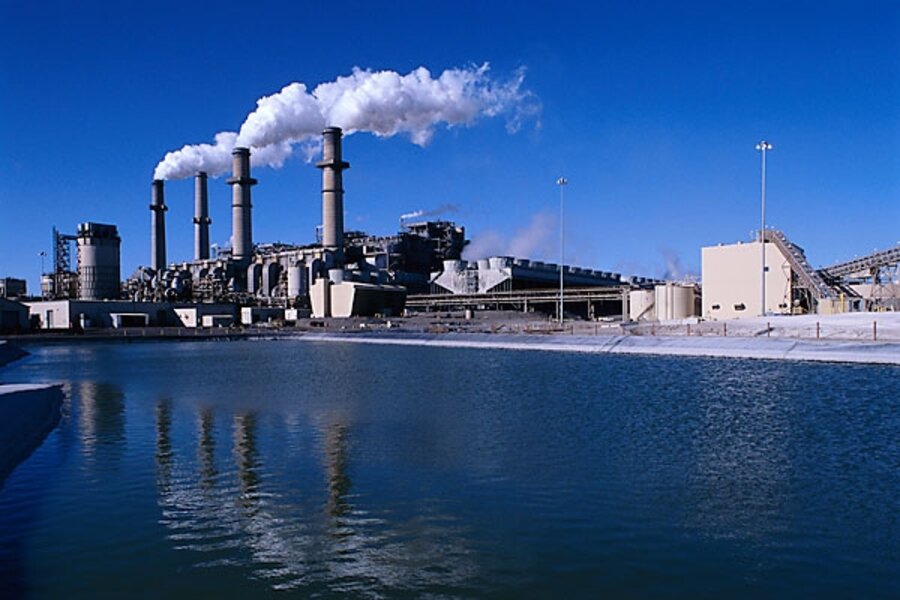EPA expected to act on CO2 emissions
Loading...
The US Environmental Protection Agency is expected to take its first steps toward regulating emissions of carbon dioxide, the New York Times reported Wednesday.
In an interview with the Times, Lisa Jackson, the new EPA administrator, said that she has asked her staff to prepare documentation for an "endangerment finding" under the Clean Air Act, to determine whether or not carbon dioxide is a pollutant that poses a threat to public health and welfare. On April 2, 2007, the US Supreme Court found that the agency must make such a determination, a ruling that the Bush administration ignored.
If the EPA issues regulations under the Clean Air Act, the effect would be sweeping, writes the Times's John M. Broder:
The decision, which most likely would play out in stages over a period of months, would have a profound impact on transportation, manufacturing costs and how utilities generate power. It could accelerate the progress of energy and climate change legislation in Congress and form a basis for the United States’ negotiating position at United Nations climate talks set for December in Copenhagen.
But as even ardent environmentalists have pointed out, attempting to regulate greenhouse gases under the Clean Air Act as it is currently written would be, to put it bluntly, insane. Writing in the online eco-mag Grist, David Roberts notes that the 40-year-old act was never designed to regulate a global pollutant like carbon dioxide.
What's more, the act regulates any stationary source emitting more than 250 tons annually of a declared pollutant. That's a lot if you're talking about nitrogen oxides. But 250 tons of CO2 is only slightly more than the annual output of a dozen average Americans. That would mean the EPA would be requiring pollution-control technology for not just power plants and factories, but also schools, hospitals, churches, bakeries, and who knows what else, creating what Mr. Roberts calls "an unholy mess."
Is this what we should expect? Roberts writes:
If a certain method of regulating CO2 under the Clean Air Act would produce a situation in which the EPA has literally unlimited power over the US economy, virtually every building and business in the US is forced to apply for air pollution permits, and some pollutants are being mandated and prohibited simultaneously ... then the EPA probably won't use that method.
Such is my naive faith in government.
Some speculate that Ms. Jackson's decision to move ahead with CO2 rules is really an attempt to pressure big business and Congressional Republicans to accept cap-and-trade legislation. Brad Plumer, The New Republic's enviro-blogger, thinks this is the case, and says so in this video. Keith Johnson, Mr. Plumer's counterpart at the Wall Street Journal, sums up this line of reasoning:
The argument basically goes like this: If skeptics of government action on climate change think a watered-down piece of legislation will be a threat to their current business, just wait until the EPA starts regulating emissions from autos, homes, businesses, and factories.





